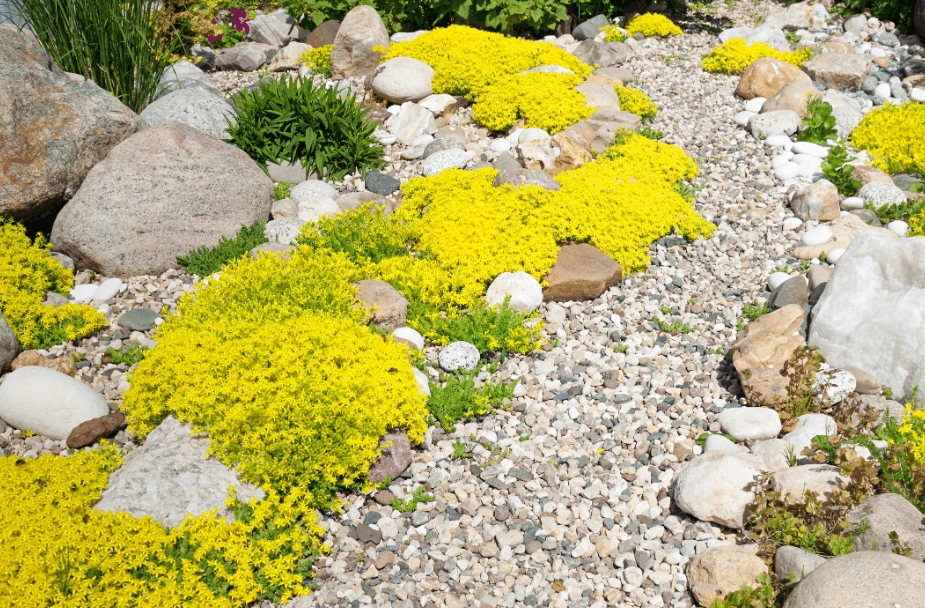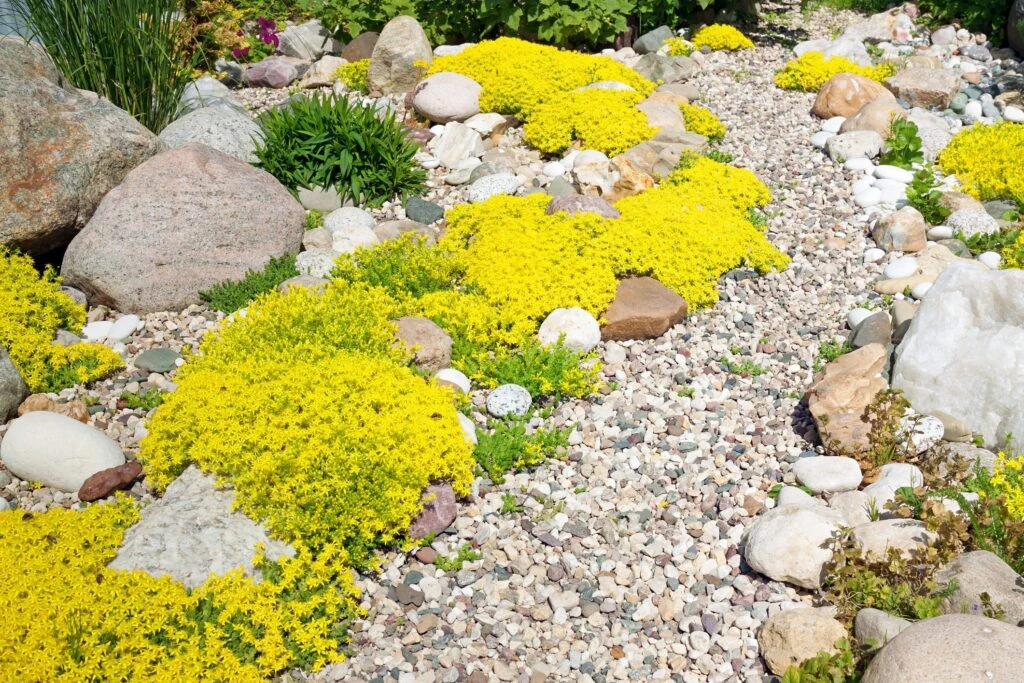Washington is well known for being a rainy state. This means that delicate landscapes can become soggy, with excess rainwater puddling in every area that even remotely resembles a slope.
For homeowners looking for a practical yet beautiful solution to Washington’s insistence on rain, a rain garden will suit your home and needs perfectly.
This article details how to build a practical, aesthetically pleasing rain garden for your Washington landscape.

What is a Rain Garden?
Building a rain garden is like creating your yard’s own little ecosystem. You benefit from the rainfall and use it to feed your garden. Rain gardens are generally built near where homeowner’s roofs will let rainwater runoff and consist of a host of native deep-rooted plants.
You can get as creative as Washington-native plants will allow you introducing color, texture, shape, and size into your rain garden.
Why Does Your Landscape Need a Rain Garden?
If you struggle with an excessive amount of rainwater throughout your landscape and are looking for a way to beautify your yard but you don’t want your landscape to be ruined with excess water, a rain garden is the best way to spruce up your landscape without the fear of Washington drizzle drowning your new additions.
How to Build Your Own Rain Garden: 5 Tips
If this is your first time building a rain garden, here are 5 tips to send you on your way to success and a beautiful Washington landscape.
Use a Variety of Deep-Rooted Plants
Deep-rooted plants thrive in damp environments, and thankfully Washington State is home to a variety of deep-rooted plants that are perfect for rain gardens. Consider deep-rooted plants like a bulrush, deer fern, Ribes (flowering currant), and watercress.
Using a variety of deep-rooted, Washington native plants in your rain garden will ensure that there is a colorful mix of textures, heights, and shades throughout your rain garden.
Use Rocks to Promote Drainage
If you are unable to build your rain garden directly near a gutter, you can still use a rain garden to promote drainage throughout your landscape by utilizing rocks and creating channels in your yard. Begin the rock channel near where you are having drainage issues and run the rock channel through your yard, ending in your rain garden.
Use the Right Soil
Yes, you can actually use the wrong soil in your rain garden. The whole purpose of rain gardens is to absorb excess rainwater and prevent puddling throughout your landscape. This means that if you design your rain garden with less absorbent soil it will prevent the whole purpose of your rain garden. In general, an ideal soil mix for a rain garden includes around 30% sand, 30% organic material (usually from yard waste compost), and 40% loamy topsoil.
Build Your Rain Garden Where it Can Be of the Most Use
While you should build your rain garden at least five feet from your home, you should also make sure to position it in a spot where it will be of the most use. This means putting it in a place where water naturally collects. Your rain garden is meant to assist the rain in draining and serving a purpose (watering your garden).
Placing your rain garden near gutters, sidewalks, or driveways will ensure its effectiveness and that it aids your landscape aesthetic and practicality.
Hire a Professional Landscaping Contractor to Design Your Rain Garden
If you want the benefits of having a rain garden installed at your home but are intimidated by the thought of designing and building the rain garden all on your own, consider hiring a professional landscaping company to help you get the job done.
Here at New Life Rockeries, we have a dedicated team of landscaping experts who have been using their skills to improve the aesthetic and practicality of Washington landscapes for years. We would love to help you custom design the perfect rain garden to have built at your Washington residence.
Work With New Life Rockeries Today
To speak with our team of landscaping experts, give New Life Rockeries a call today. We take pleasure in helping homeowners achieve optimal landscapes for their homes that serve aesthetic as well as practical functions.
Give New Life Rockeries a call today to start creating a custom-designed rain garden for your home.

